Jiro Iwanaga
Predicting Online Item-choice Behavior: A Shape-restricted Regression Perspective
May 24, 2020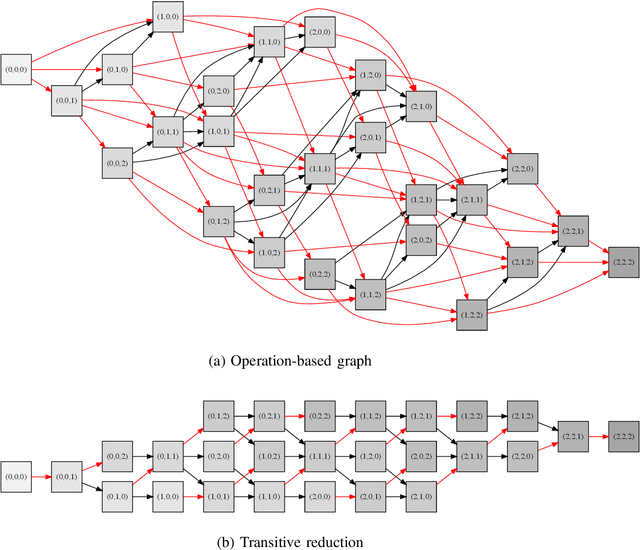
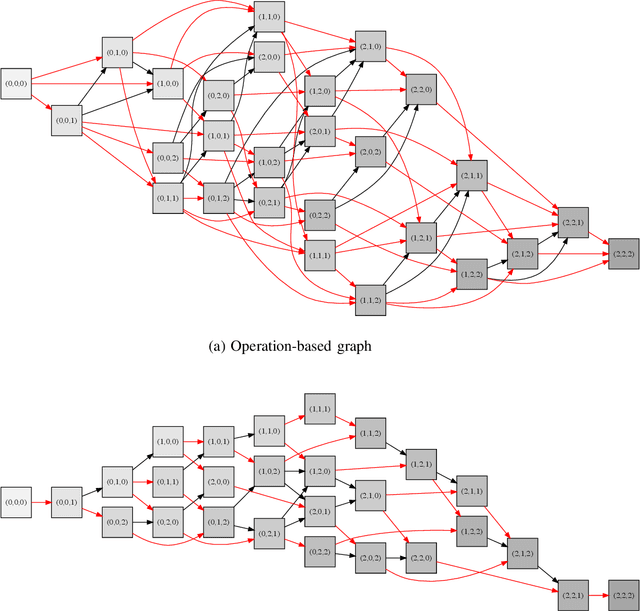
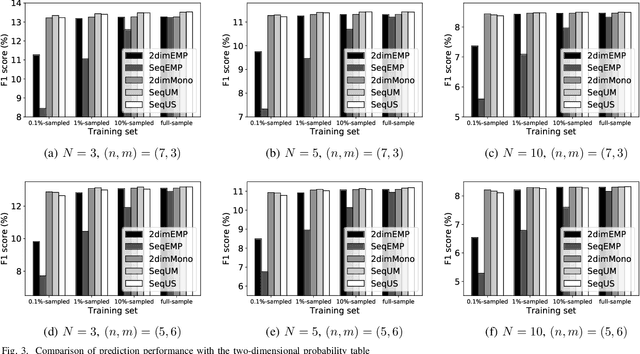
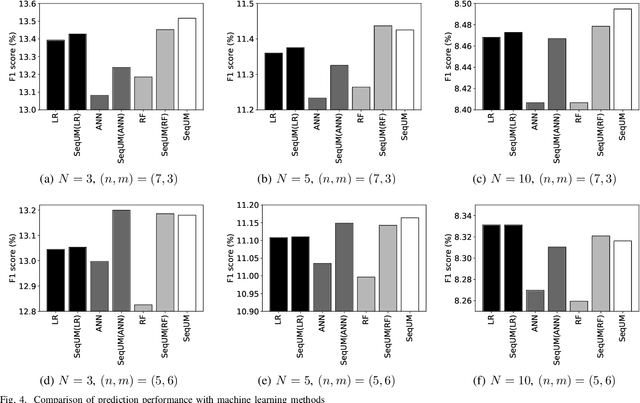
Abstract:This paper examines the relationship between user pageview (PV) histories and their item-choice behavior on an e-commerce website. We focus on PV sequences, which represent time series of the number of PVs for each user--item pair. We propose a shape-restricted optimization model that accurately estimates item-choice probabilities for all possible PV sequences. This model imposes monotonicity constraints on item-choice probabilities by exploiting partial orders for PV sequences, according to the recency and frequency of a user's previous PVs. To improve the computational efficiency of our optimization model, we devise efficient algorithms for eliminating all redundant constraints according to the transitivity of the partial orders. Experimental results using real-world clickstream data demonstrate that our method achieves higher prediction performance than that of a state-of-the-art optimization model and common machine learning methods.
A Latent-class Model for Estimating Product-choice Probabilities from Clickstream Data
Dec 20, 2016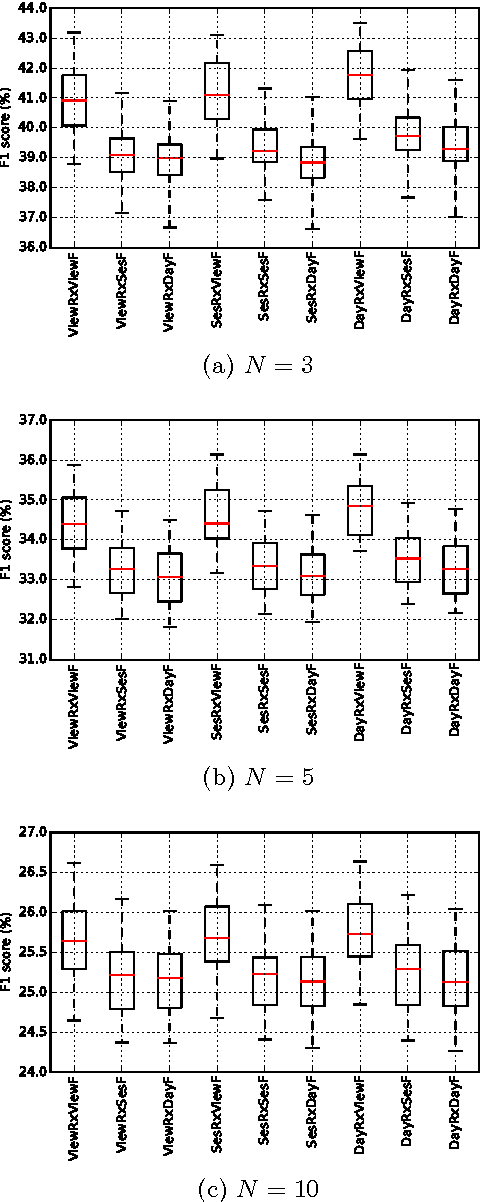
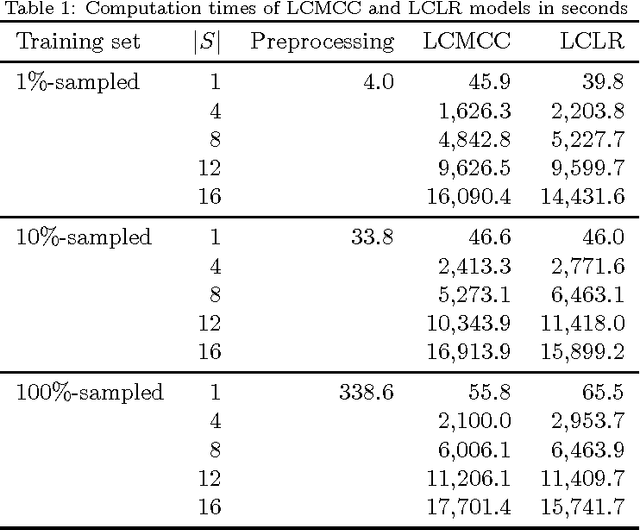
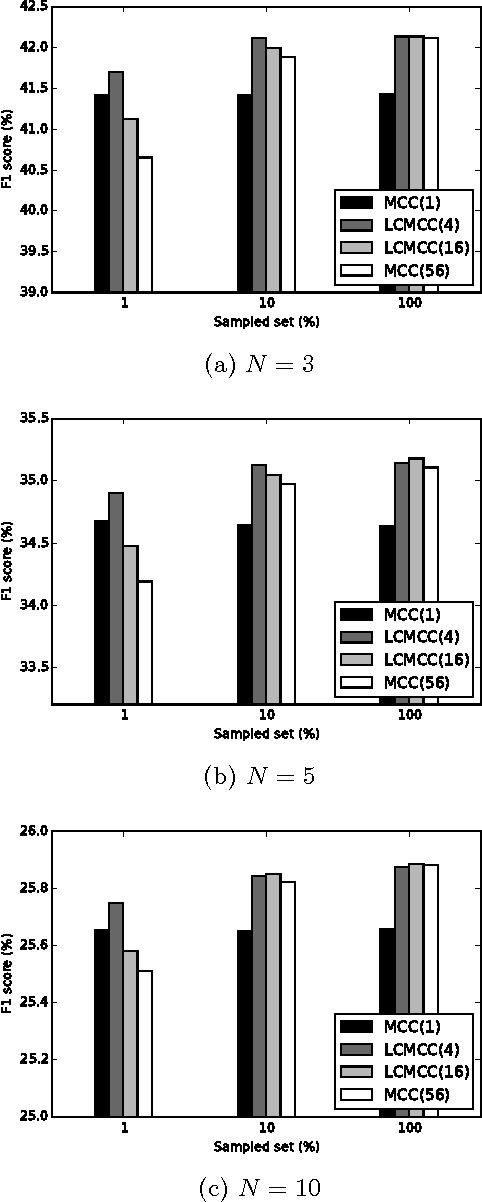
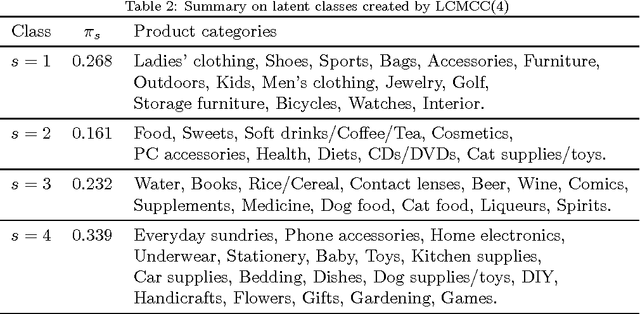
Abstract:This paper analyzes customer product-choice behavior based on the recency and frequency of each customer's page views on e-commerce sites. Recently, we devised an optimization model for estimating product-choice probabilities that satisfy monotonicity, convexity, and concavity constraints with respect to recency and frequency. This shape-restricted model delivered high predictive performance even when there were few training samples. However, typical e-commerce sites deal in many different varieties of products, so the predictive performance of the model can be further improved by integration of such product heterogeneity. For this purpose, we develop a novel latent-class shape-restricted model for estimating product-choice probabilities for each latent class of products. We also give a tailored expectation-maximization algorithm for parameter estimation. Computational results demonstrate that higher predictive performance is achieved with our latent-class model than with the previous shape-restricted model and common latent-class logistic regression.
 Add to Chrome
Add to Chrome Add to Firefox
Add to Firefox Add to Edge
Add to Edge